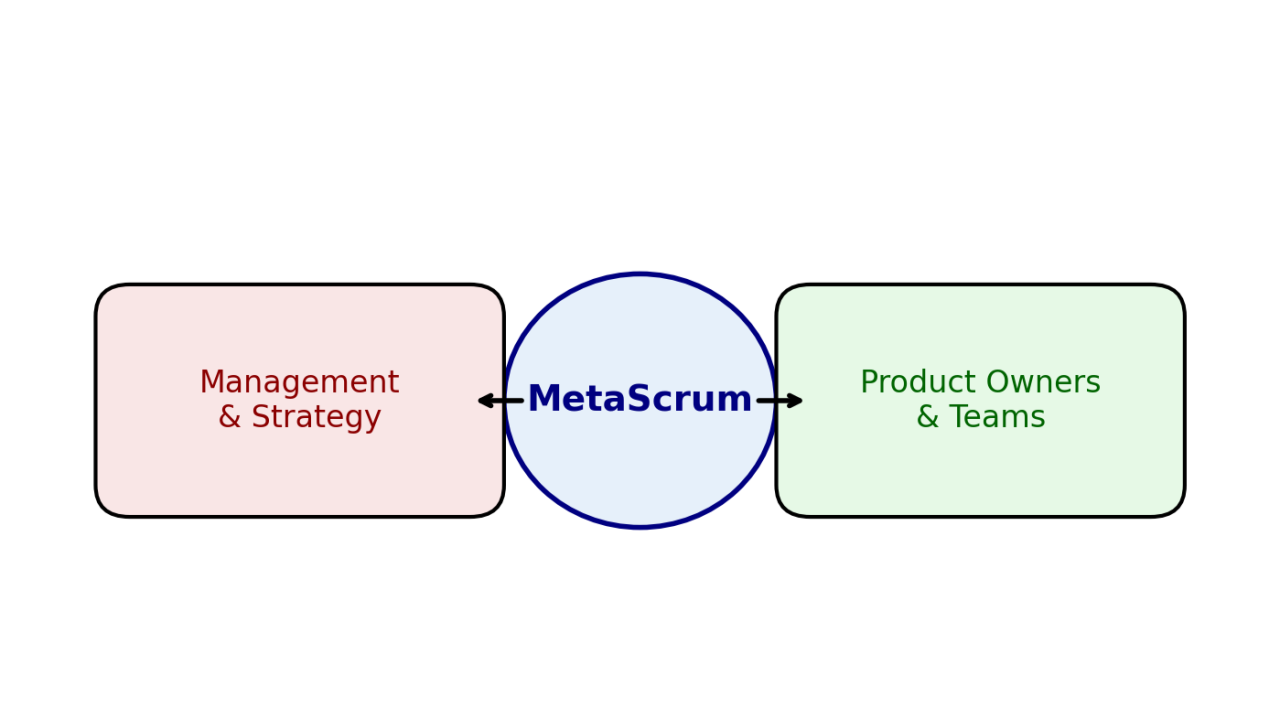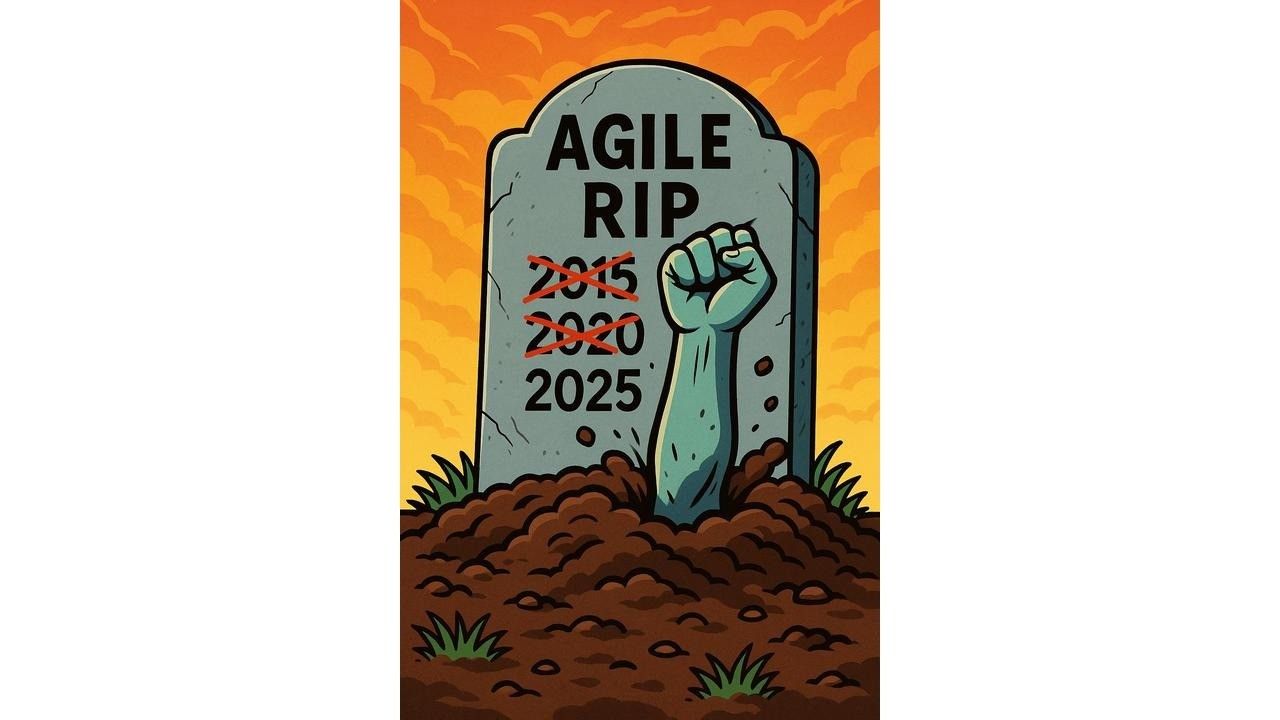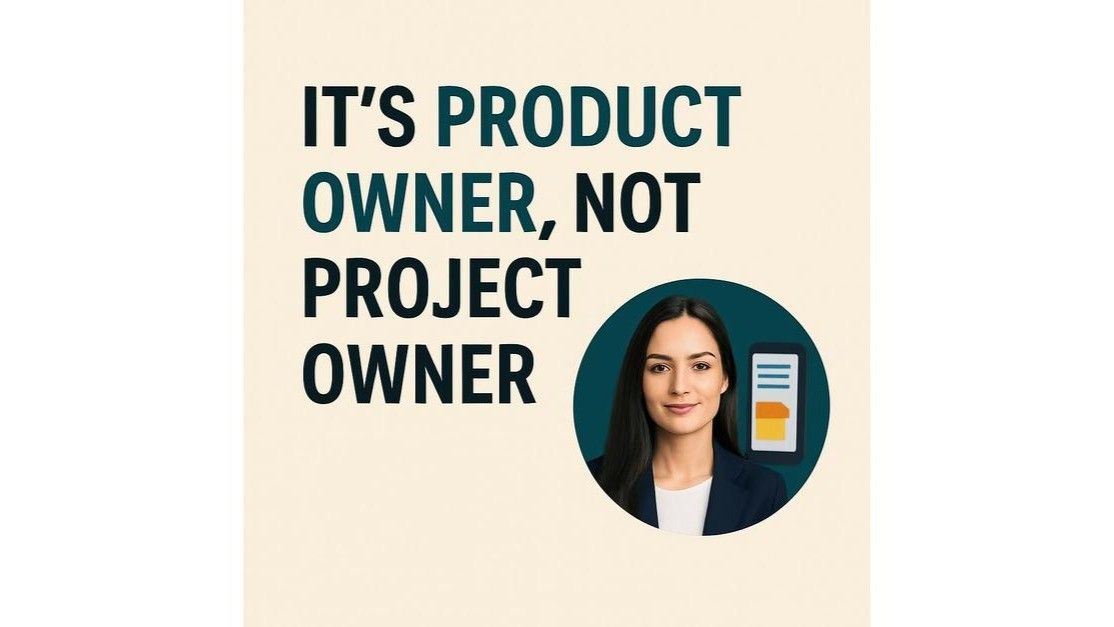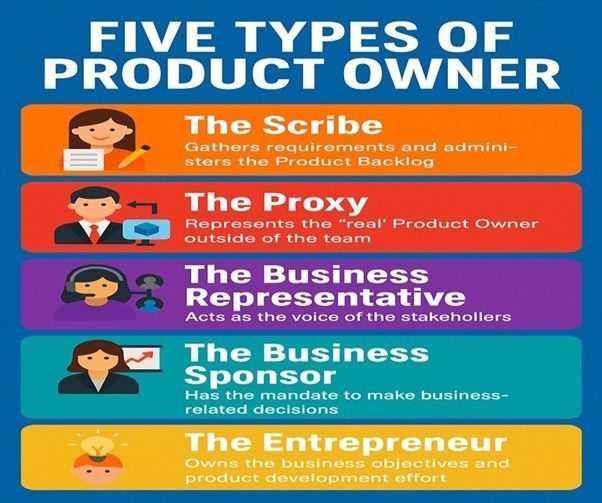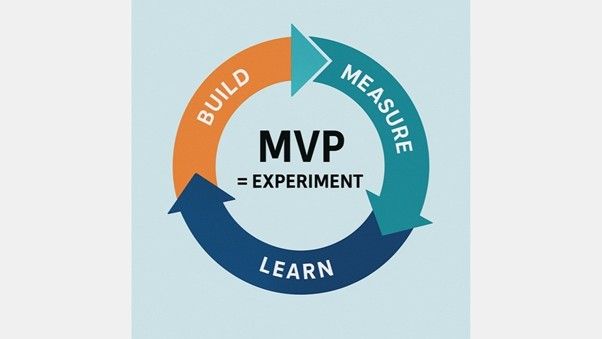Evolution of The Scrum Guide (Part Two)
Changes to the July 2013 Edition
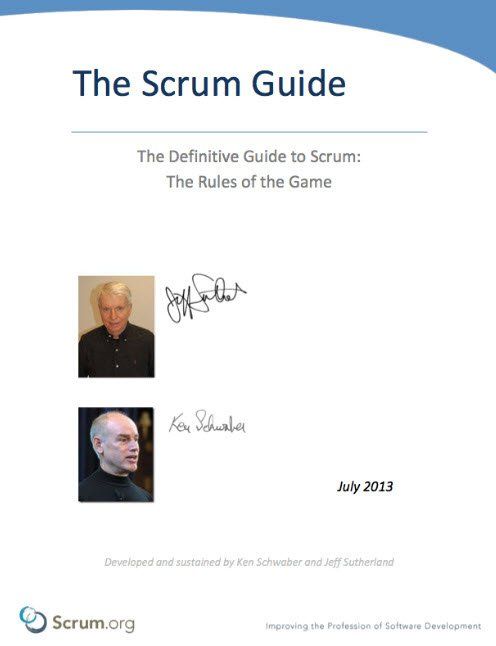
In the first part of this article we discussed the changes in the list of principle artifacts and events (timeboxes) that have taken place between the first publishing of The Scrum Guide in February 2010 and its current version, published in July 2013. We also discussed how the Definition of Done has evolved. In this second part we will be discussing issues that might be grouped under the heading “Sprint Goal”.
What is the Sprint Goal?
Let’s start with the basics. Products are built iteratively in Scrum. Each iteration, called a Sprint, creates an increment of product, starting with the most valuable and, often, the riskiest. Successive Sprints create additional increments which must be fully integrated with the previous ones. Each increment is a potentially shippable slice of the entire product. When the accumulated increments contain sufficient usability and value, the product is released by the Product Owner.
It is the Development Team’s responsibility to turn Product Backlog items into increments of functionality. The Sprint Goal is, in essence, the Scrum Team’s projection of what it expects to achieve by the end of the Sprint, given the information and available resources that it knows about at the time of the Sprint Planning meeting.
All versions of the Guide referred to the Sprint Goal within the section on the Product Backlog, but the two most recent versions then call it out separately in its own paragraph. All versions discuss the Sprint Goal having just stressed that only the Development Team can assess how much work, and therefore which Product Backlog Items (PBIs) can be done in the upcoming Sprint. It is after the Development Team forecasts which PBIs it will deliver in the iteration that the Scrum Team crafts a Sprint Goal. As the 2011 version says “The Sprint Goal is an objective that will be met within the Sprint through the implementation of the Product Backlog, and it provides guidance to the Development Team on why it is building the increment”. The latest (2013) version says the same thing, almost exactly. The earlier version is subtly different. It speaks of the Sprint Goal as a “statement”, not just an “objective” suggesting it should made explicit rather than implicit in the set of PBIs selected by the Development Team. It also states that the Sprint Goal is a subset of the release goal, while the 2011 refers to it being a milestone in the “larger purpose of the product roadmap”. The Sprint Goal can be both of things, of course, but – as we discussed in Part One of this article – the evolution of the Guide is in the direction of stripping out everything that is not mandatory in the Framework. Neither release goals nor product roadmaps are universally required by Scrum Teams, so all such references have gone from the 2013 version.
Coherency
Some curious language has entered into current version concerning the Sprint Goal, however. “The selected Product Backlog Items deliver one coherent function, which can be the Sprint Goal”, it says. That’s fine. That seems to me to be entirely consistent with the idea of the Goal providing guidance as to how the top-ordered PBIs (the ones to be worked on in the Sprint) fit together, and that notion has been around as long as The Scrum Guide itself. But what about the sentence that follows? “The Sprint Goal can be any coherence that causes the Development Team to work together rather than on separate initiatives.” That seems to me to be open to misinterpretation. I think that the authors are trying to address the situation that occurs when there is not a simple, single functional description that acts as an umbrella for all the PBIs that have been selected for the Sprint. This often happens with back-end, shared legacy systems which are being upgraded, for example. I’m pretty sure about what it is not saying. It is not saying that you can have a target which is non-functional. It is not saying, for example, that a coherent design in UML would make a suitable Sprint Goal. The need for potentially shippable increments of functionality at the end of every Sprint is not being overridden.
I must admit, I rather miss the clarifying example that was given in the original Guide: “…the goal for the above Sprint could also be: ‘Automate the client account modification functionality through a secure, recoverable transaction, middleware capability’. As the Team works it keeps this goal in mind.”
Wriggle Room
The 2010 document used the example to show that one of the aspects of the Sprint Goal (one often ignored in my experience) is to give the Development Team wriggle room regarding the functionality. As it works it implements the functionality and technology needed to implement the goal, but if it senses that it has overcommitted in terms of the selected PBIs it can negotiate a lower scope that stays within the general spirit of the Sprint Goal even with less functionality. Both the subsequent versions make the same point, but possibly less effectively. We might also mention here that the later versions dropped the term “commitment” when referring to the Team’s crafting of the Sprint Goal. Too many practitioners had interpreted this as some kind of contract, so that any Team that did not deliver all the PBIs selected were deemed to have failed. That was never the intention in Scrum. When a Scrum Team “committed” it was saying, given what we know now we think we can achieve this goal and we are going to “go for it”. But every Sprint turns up new information and new learning. The commitment to the Sprint Goal was never intended as a guarantee that it would be achieved. Such guarantees are impossible to give.
So, as we said at the top, the Sprint Goal is a projection of what the Scrum Team hopes to achieve by the end of the Sprint but not a guarantee. It is best framed in such a way as to give a coherent focus to the Development Team’s work, makes clear why the PBIs they are working on are needed, and at the same time provides a backdrop for any renegotiation of scope that might be needed mid-Sprint. Beyond that, whether the Team uses it as a subset of a release goal or a milestone in a product roadmap, or anything else is up to the Team to figure out. That’s the essence of self-management. That’s the essence of Scrum.
